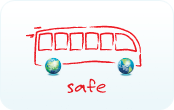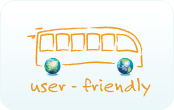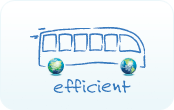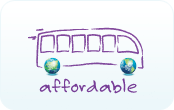|
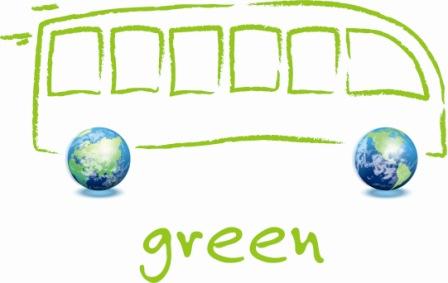 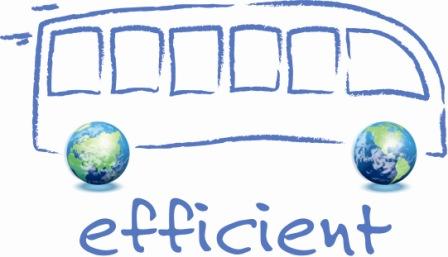 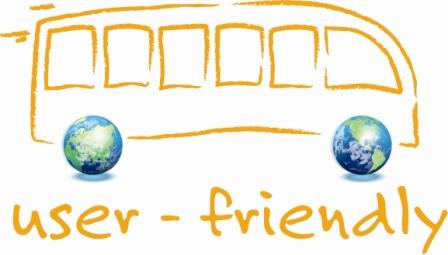 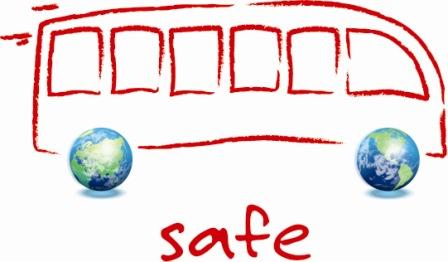 The number of children transported every weekday from home to school is steadily increasing. A study in the UK found that one out of five cars on the streets during morning peak traffic hours is taking children to their educational institutions. As road traffic is the main cause of mortality for children under 15 years old, the awareness of the higher level of flexibility, safety and security of buses and coaches should be resolutely increased, in particular amongst teachers, school children and their parents. The number of children transported every weekday from home to school is steadily increasing. A study in the UK found that one out of five cars on the streets during morning peak traffic hours is taking children to their educational institutions. As road traffic is the main cause of mortality for children under 15 years old, the awareness of the higher level of flexibility, safety and security of buses and coaches should be resolutely increased, in particular amongst teachers, school children and their parents.
Co-operation between schools, governments and local authorities may introduce school bus routes in order to decrease private car transport during peak hours. School transport should also be provided to children who live further away from their school, or in case of special needs/circumstances.
Example: In Denmark school transport is provided according to a maximum distance limit. This increases stepwise from 2.5 km for the youngest classes to up to 9 km for older pupils. |
|
  Information about the coach terminal itself and services offered on-site have to be made available for current and potential users. Services that nobody knows exist or that nobody knows how to use are worthless. That is why, information platforms of various types are necessary in order to increase the awareness of the existence of transport and other services amongst potential and already existing coach terminal users. Information about the coach terminal itself and services offered on-site have to be made available for current and potential users. Services that nobody knows exist or that nobody knows how to use are worthless. That is why, information platforms of various types are necessary in order to increase the awareness of the existence of transport and other services amongst potential and already existing coach terminal users.
Through the publication of coach terminal plans, websites, information counters and stands, people would be informed about the possibilities for reserving travel tickets, general information on availability of services, coach routes, destinations, potential alternative solutions, schedules, duration of travel, travel costs and possible reductions. Furthermore, information on various options of payment and cost compensation in case of travel cancellation should be provided. This should be followed by information about other services, such as luggage storage, the use of waiting lounges and rest rooms, physical assistance for people with reduced mobility. Information on passenger rights and obligations should also be made available for coach terminal users.
Example: LCD passenger information displays at Stockholm Cityterminalen inform passengers about delays, departure and arrival platforms and facilities and services available in the terminal. All departing and arriving buses report to the Cityterminalen traffic control. Traffic control makes sure that the departing buses and gate numbers are correct, and that the correct information is displayed in the terminal. By keeping close contact with bus carriers and drivers, traffic control can ensure seamless and safe bus traffic at the terminal.
|
